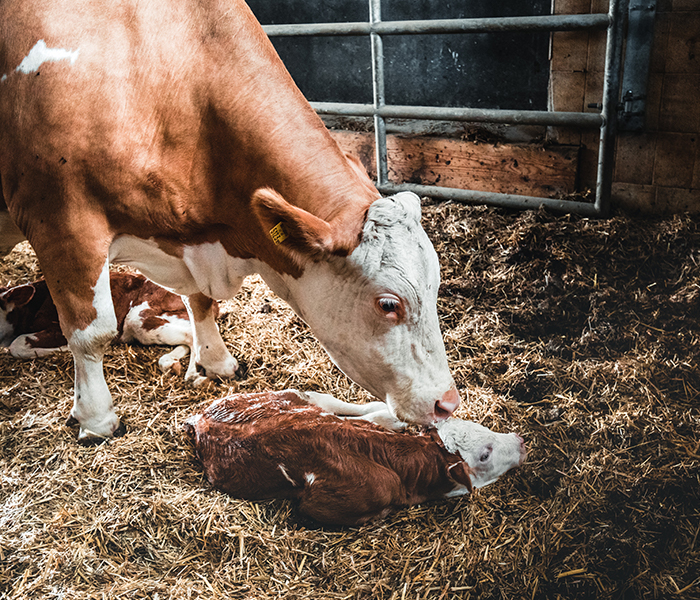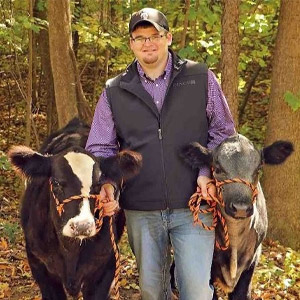Premier Co-op

December Energy News
I hope you were able to enjoy Thanksgiving with family and friends. And I hope you’ve recovered from your food coma. For the 10 of you (including my mom) who read my newslett...

As beef cattle producers calving season is one of the most anticipated times of the year but can also be one of the most stressful times burdened by cold, late nights checking cows. Although many of our seedstock operators have been through the rush of their calving season many of Wisconsin’s commercial cattleman are just getting prepared. Now is the time to make sure your team and facilities are adequately prepared to ensure a smooth calving season.
Below is a simple check list of things to consider 30 days prior to calving:
Lastly you want to ensure whether calving indoors or out that the designated calving area is clean, dry, and bedded ready to go no later than two weeks prior to the first expected calves as heifers may tend to calve as early as 14 days prior to expected calving date. Preparedness prior to calving season can be the difference between good and bad outcomes. We want to ensure you have the tools to be successful and we wish you all a happy, healthy 2021 calving season.
Sign up for our bi-monthly beef newsletter below!
